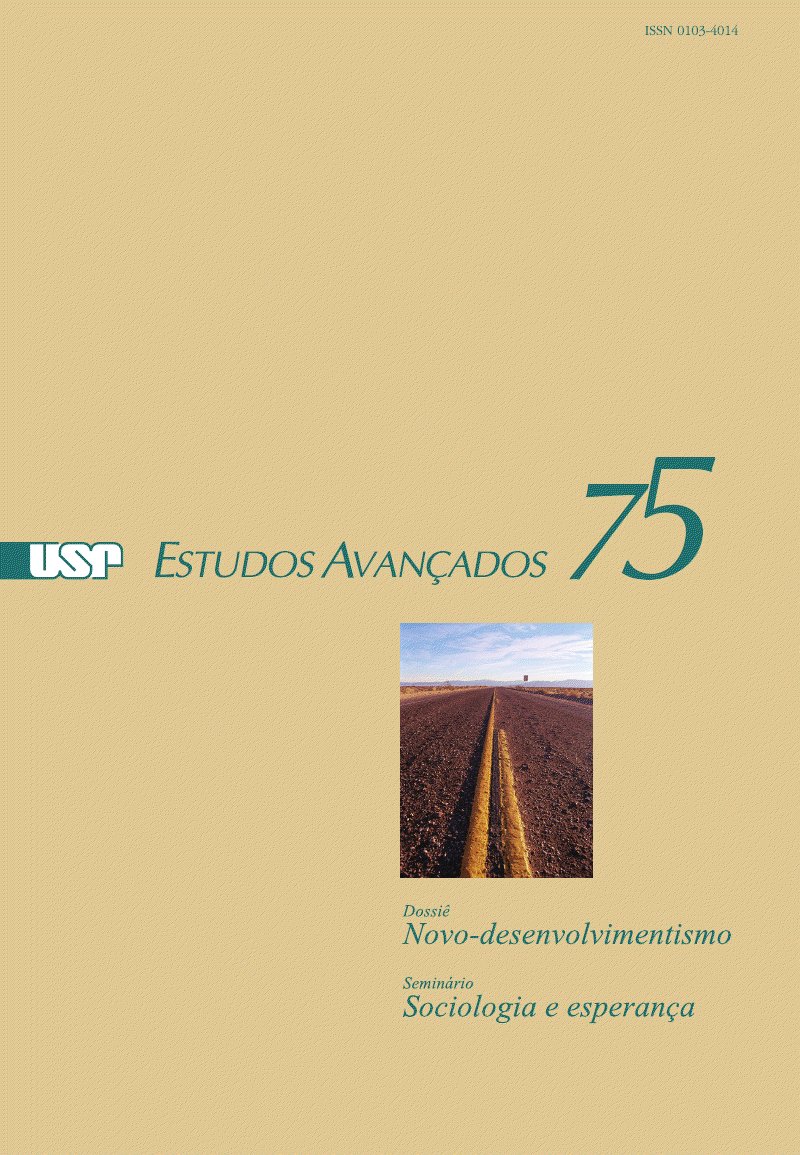Crescimento e inflação na Argentina nos governos Kirchner
Keywords:
Industrialisation, Inflation, Poverty, Distributional conflicts, Exchange rateAbstract
Since 2003, the growth rate of the GDP has been higher in Argentina than in Brazil. Income distribution is less unequal. Poverty has decreased. Employment is growing - including in the industrial sector -; informal jobs, whether salaried or not, are loosing ground; while the balance of trade shows a trade surplus and the debt ratio is not overly right. Real inflation is hight, far higher than announced by the government, and it curtails any rise in buying power, particularly among the poorest. The recent rise ineffective exchange rates, the rise in the share of raw materials in exports, the fact that these are needed for subsidies paid mainly to energy consuming sectors, the shortage of subsidies to research intensives industries could to morrow turn what is currently a virtuous circle into a vicious circle.Downloads
Download data is not yet available.
Downloads
Published
2012-08-01
Issue
Section
New Developmentalism
License
Estudos Avançados não celebra contrato de cessão de direitos autorais com seus colaboradores, razão pela qual não detém os direitos autorais dos artigos publicados. Os interessados em reproduzir artigos publicados na revista devem necessariamente obter o consentimento do autor e atribuir devidamente os créditos ao periódico.
How to Cite
Salama, P. (2012). Crescimento e inflação na Argentina nos governos Kirchner . Estudos Avançados, 26(75), 157-172. https://journals.usp.br/eav/article/view/39489


